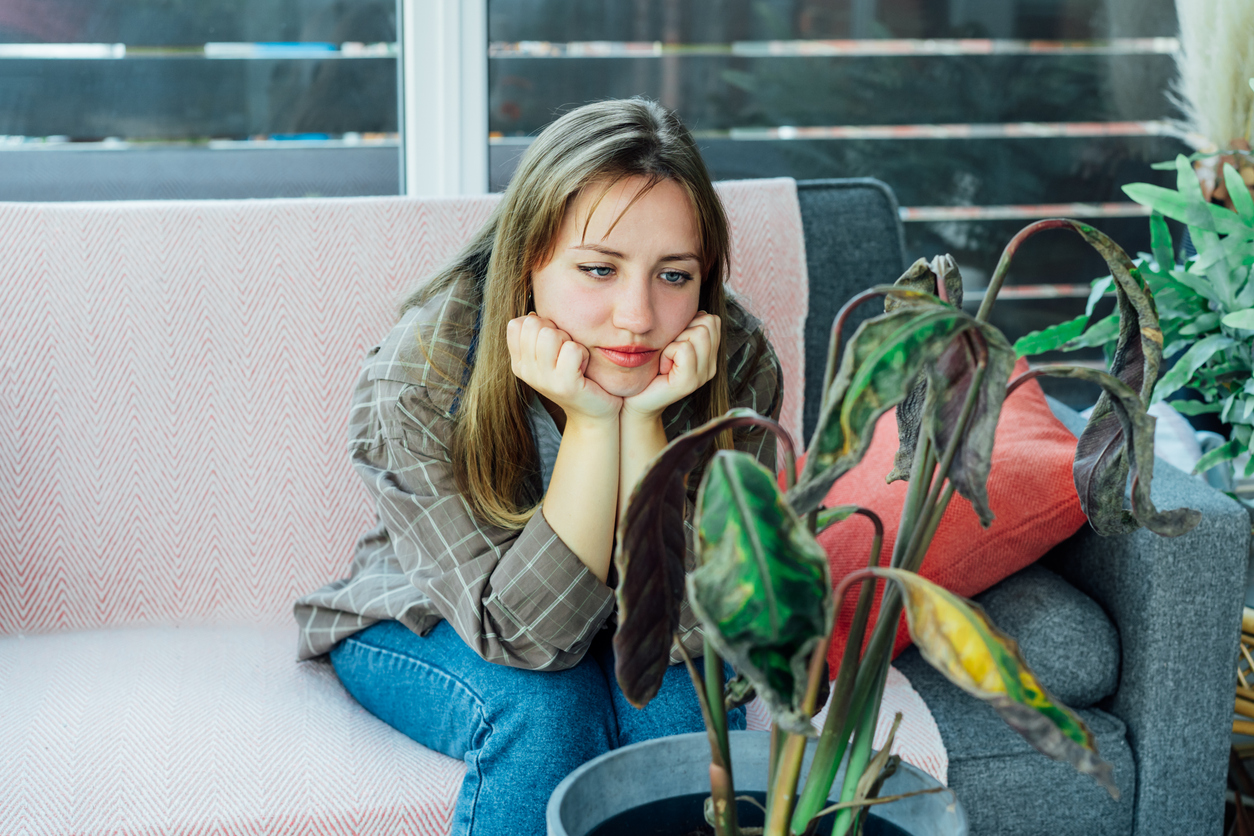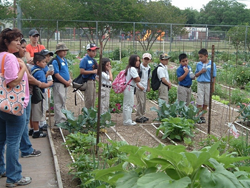Do you have a black thumb?
What’s that — you’ve never heard of a black thumb? It’s the opposite of having a green thumb.
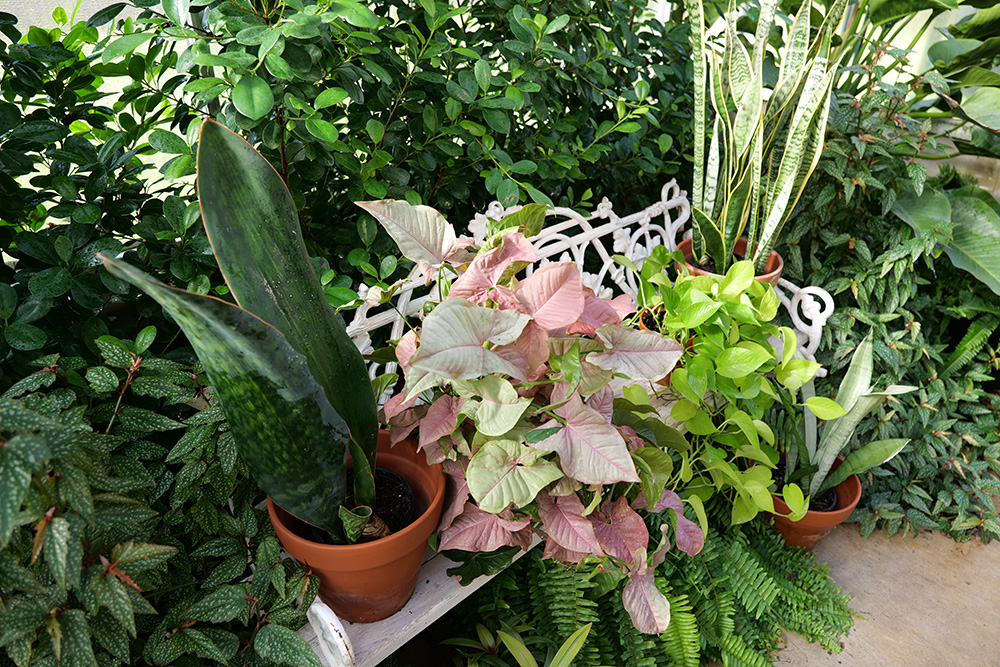
Perhaps you can relate to this scenario: You buy a plant that is promoted as low maintenance or beginner friendly — something like pothos ivy or snake plant. You bring it home and do your very best to nurture it. And then, despite your best efforts, it bites the dust. Instead of the verdant houseplant you had hoped for, you’re left with a dried up or rotten specimen that maybe has even turned black — hence the term black thumb.
If you feel like every plant you touch dies, the good news is that you are not alone. Plenty of gardeners struggle with indoor plants, and many times, these issues are easily remedied.
Here are some common problems and how you can fix them:
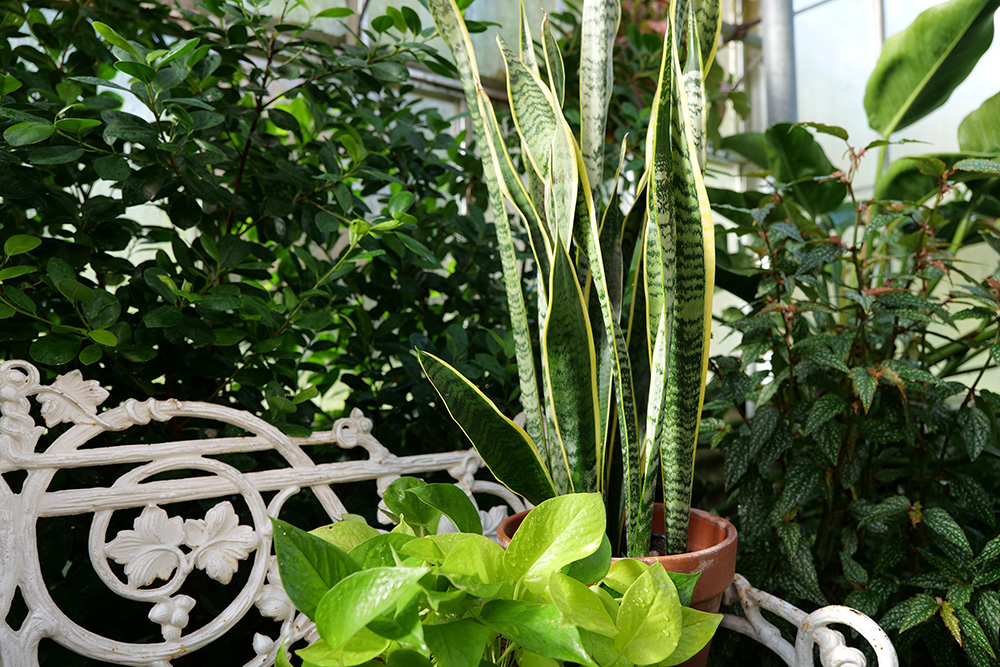
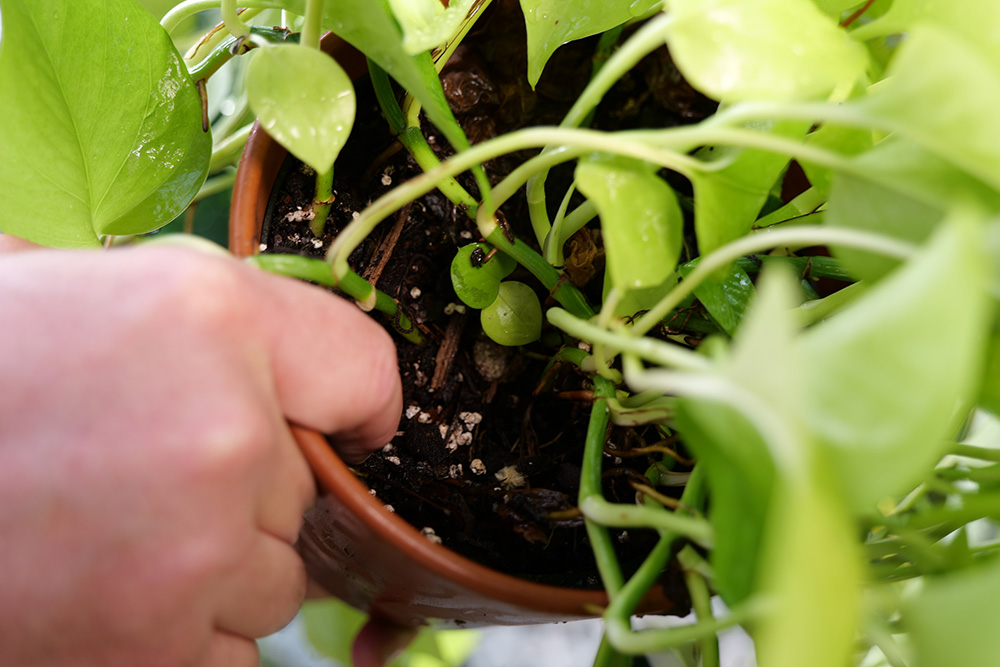
- Too much love. You might feel like you are doing something good for your plants by watering them frequently. But too much water can spell trouble. When the potting mix surrounding your plants stays saturated for too long, the roots cannot effectively absorb oxygen and end up rotting. Overwatering also can encourage nutrient deficiencies and invite insects and diseases.
As a rule of thumb for indoor plants, water only when the surface of the potting mix feels dry to the touch. Don’t rely on a schedule — say, watering all of your plants once a week regardless of whether they need it. Different plants have different watering needs, and you should research these nuances to best care for the plants you are growing. Succulents, for example, are sensitive to excessive moisture and thrive when watered only occasionally. Even moisture-loving tropical plants will suffer if they are overwatered and their growing media is constantly waterlogged. Remember that plants’ appetite for water will fluctuate throughout the year; they’ll need more when they are actively growing and less at other times.
Also make sure you are not over-loving your plants in other ways. Applying too much fertilizer or doing so too often can stunt plants’ growth, discolor leaves and cause wilting. - Neglect. On the other end of the spectrum are the indoor gardeners who forget to take care of their plants — and those who think they are giving their plants what they need, but it’s just not enough. Plants, like us humans, cannot function without water. Underwatering leads to wilting and, ultimately, death.
Try to establish a habit of regularly checking your plants to see if they need water: Is the potting media dry to the touch? Does the pot feel light when you pick it up? Are the plants wilting or exhibiting other signs of dehydration?
Water from all sides at the base of plants, ensuring even coverage and allowing the water to soak into the potting mix. Wait till you see water flowing out of the container’s drainage holes. Dump excess water out of saucers within 30 minutes to an hour.
Stay on top of other plant needs. Taking time for maintenance tasks like fertilizing and pruning can make a big difference in the appearance and longevity of your plants. - Choosing the wrong plants. If you regularly kill plants or simply struggle to get them to look their best, it could be because you are picking out the wrong kinds for a particular location. Plants that prefer low-light conditions, for instance, will wilt and get sunburned — and may die — in a bright, sunny window. By contrast, abundant sunshine is mandatory for other plants to perform to their full potential. Only a select few plants will be content in windowless offices or dimly lit rooms or hallways at home. Some plants flourish outdoors but do poorly when brought indoors, and vice versa.
Do your research and talk to garden center staff before you buy plants. Ensure they are a good match for the conditions in your home and your desires as a gardener. - Inadequate containers. Have you ever worn a pair of shoes a size too small? It’s downright uncomfortable — and that’s how your plants feel when they outgrow their containers and become potbound. Just like children frequently need new shoes to fit their growing feet, it’s important to upsize containers as plants get bigger. If you don’t, the roots will grow and grow until they fill — and even spill out of — the container, crowding out the potting mix. When you water a potbound plant, the water will run out the bottom of the container almost immediately because there is little potting mix left to hold onto the moisture and make it available for roots to uptake over time.
The type of container matters too. Make sure the ones you are using have drainage holes; if not, drill some. Otherwise, the potting mix will stay too wet. Also, choose plants that are known to do well in containers. - Issues with growing media. The texture, nutrient profile and pH of the medium in which you grow your plants can affect their performance. Make sure to use potting mix in containers. Don’t confuse or substitute it with garden soil or topsoil, as these different products are designed for specific uses. Also, if your plants have been in the same containers for a long time, it can help to replenish with some fresh potting mix.
- Disease and insect infestations. If your plants are still struggling, you may not be to blame. It could be the fault of insects, or perhaps your plants are battling a disease. The LSU AgCenter Plant Diagnostic Center can identify pests and pinpoint solutions.
So before you give in to your black thumb and throw in the trowel (pun intended), see if any of these points might help address the problems you are having. A combination of better gardening habits and a shift in perspective will likely get you on your way to having a green thumb.
PHOTO: Young upset, sad woman examining dried dead foliage of her home plant. (iStock │ #1456805914 – OKrasyuk)
